Chinese -specific species, not just giant pandas!
Author:Species calendar Time:2022.09.27
What is a national business card belonging to China? There is a unified answer in the world -giant panda. As an endangered animal distributed in our country, with the round shape, they have sucked fans in the world and frequently play "diplomatic ambassadors", and they have repeatedly become a mascot of the event.
But there is also a "trouble" that is so well -known: I can't have a color photo in this life ...
In fact, we can take out one of the color Chinese business cards, such as this one -Green Tail Rainbow.
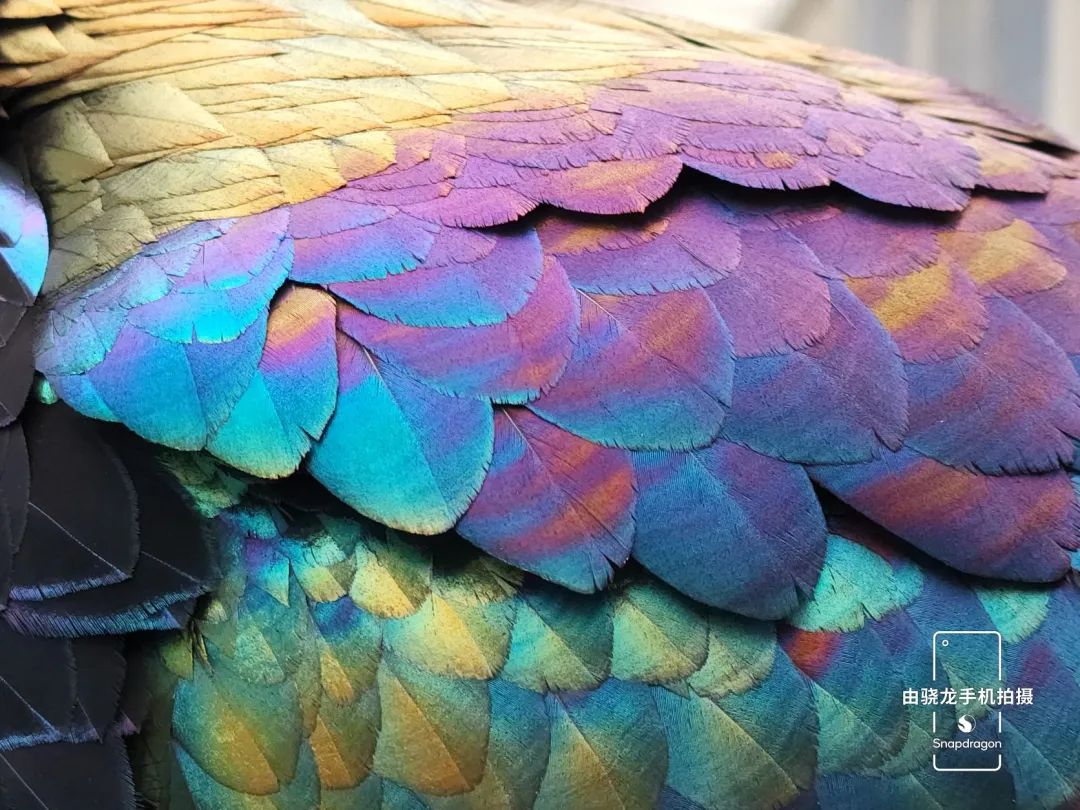
Green-tailed rainbow is known as the "Rainbow Birds on the High Mountains", which are only distributed in the high mountain meadow of 3,000-5000 meters above sea level in Qinghai, southern Gansu, and western Sichuan. The feathers on the whole body can reflect hundreds of colors: from the bronze -colored crown feathers on the top of the head, to the copper -brown "shawl" of the back neck and shoulders, and then the metallic blue -purple on the wings. When the wings are flying and flying, it looks like a rainbow.
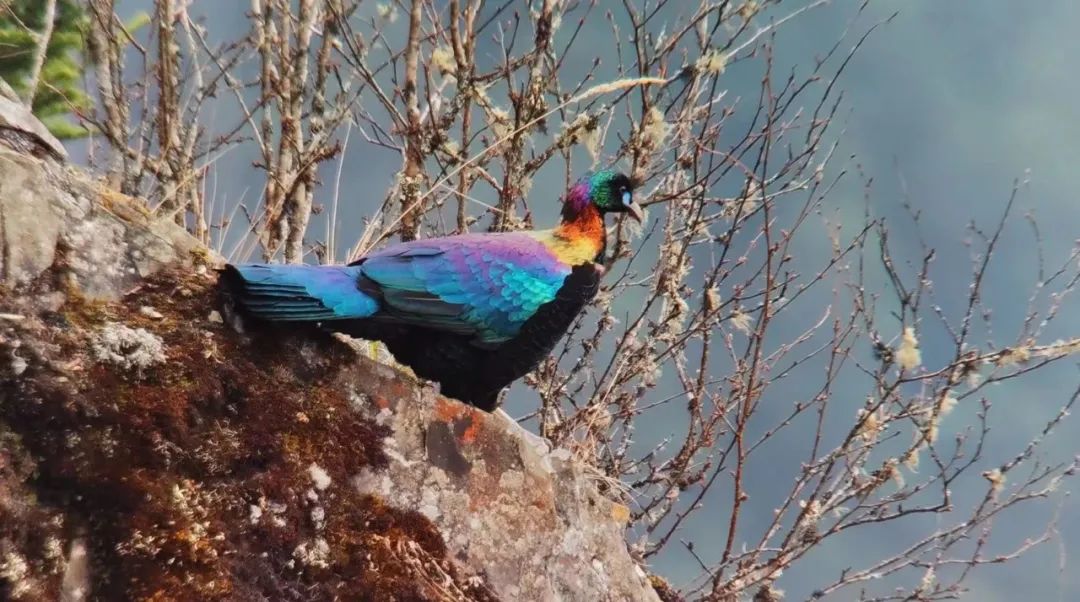
Rainbow Birds on the High Mountains | Shooted by Snapdragon Mobile
Where does it come from
Green Tail Rainbow is a unique bird in my country. In addition, at least 100 kinds of birds can only be seen in my country. Among the 687 kinds of mammals in my country, 20%are unique to my country [1], and this proportion reaches 67%in amphibious categories [2].
What created the uniqueness of Chinese species?
The survivors of the ice period definitely have the right to speak. At the time of the previous ice period, the surface of the earth was covered with a large area of glaciers, and some areas, due to the influence of the factors of terrain, temperature, and moisture, formed a "refuge" suitable for biological survival. Qinba Mountain has resisted the cold air from north and created a mild climate for the central Central China. The altitude gap between the horizontal mountains is large. Even if the high altitude area is covered by ice and snow, there are still species inhabiting and reproduction in the hinterland. [3]
Although the organisms in the asylum survived, their original broad distribution zone sharply narrowed, and became a unique species in a small area, also known as the "relic". Big pandas, white -tetrine, and cotyioceae are rare and plants such as pupae.
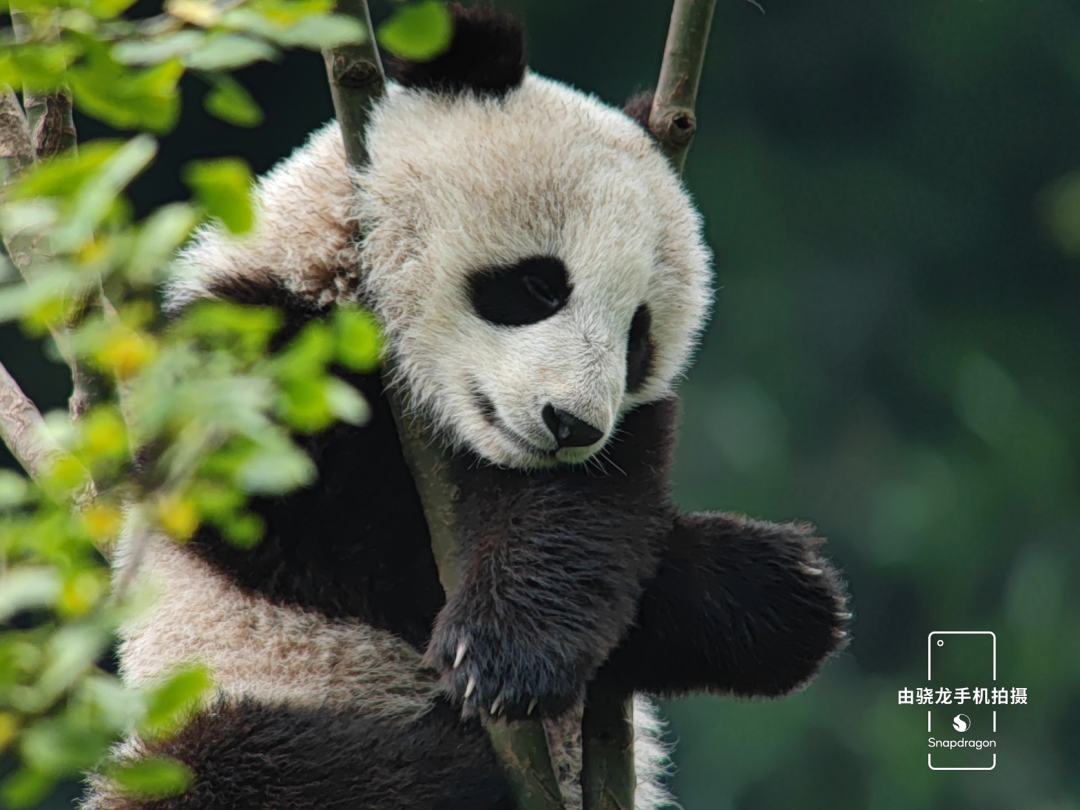
Big panda belongs to the legacy
With the end of the ice period, these surviving ancient species have spread to the surroundings, blending, competition, evolution, isolation, and breeding new unique species.
Unique species
The distribution range of unique species is usually small and scattered, and it is easy to face the risk of extinction. Take the national treasure giant panda as an example. The white paper released last year's "China Biological Diversity Protection" shows that the number of giant pandas in my country has increased from 1114 to 1864 in 40 years. [4] They are divided into 33 local area population, not only the genetic communication is very difficult. Once accidents such as diseases and food shortages occur, the entire local area population will disappear.
For the scarce and endangered Hainan gibbon and Guizhou golden monkey, the crushing of habitat is even more fatal.
Fortunately, with the advancement of the construction of ecological civilization in my country, our familiar species have also received more and more attention, and there is still a line of vitality.
But not all unique species can be so lucky.
On August 7 this year, the Yili Rat Rabbit protected the volunteer team and filmed the Ili mouse rabbit in Jinghe County, Xinjiang. After a lapse of 8 years, this mysterious small animal has been recorded by people again.
Yili Rat Rabbit is a unique animal in the Tianshan area of my country and was discovered by chance in 1983. Two years later, the discoverer Li Weidong found it again and named it in 1986. At that time, there were about 3,000 Ili mouse rabbits.
For more than 30 years since then, people regularly investigated the number of wild population in the Tianshan Mountains, but the situation was not optimistic. In 2002, Li Weidong and others visited the area where the Yili Rat Rabbit was distributed. Only sporadic harvests, and even the location of the model specimen, not even observed the feces. According to the results of this survey, the distribution area of the Yili rat rabbit was reduced by 57%, and the number was only more than 1,000 [5].
Only when humans know them for 20 years, they will lose them.
It was already July 2014 that people shot again in Yili Rabbit. When Li Weidong and others arranged infrared cameras in Jinghe County, they met with Yili Rat Rabbit. He quickly captured a set of wonderful pictures and became the most widely circulated habitat photos of Yili Rat Rabbit.

Tianshan Mengwu Rat Rabbit | Li Weidong
Image help protection
Researchers, patrols and volunteers are involved in the mountains and wading, looking for a suitable infrared camera position, or using heavy camera equipment to take high -definition photos of wild animals and plants, not only to obtain a beautiful publicity photo, It is also for the protection of species.
The image records the alarm animals in the natural state foraging, marking territories, mating, brooding and other behaviors. The distribution situation is inferred to the survival status of species. The image can also record the changes in the living environment of the species, providing first -hand information for the protection of habitats.

Infrared camera shooting the panda upside down marking the leading territory | CCTV
Through images, people can even find new species. For example, the gibbon of the Governor of Tianshi is discovered by the "finding" of the white browbuctic. If there are no photos, people will not be able to find the subtle difference between similar species. It may be too late to find, and the species will be extinct.
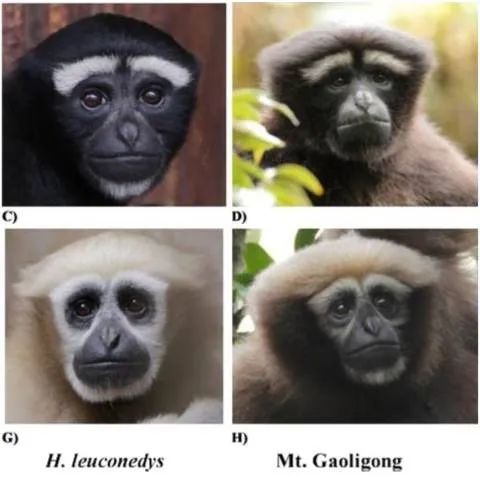
The facial features of the typical Dongbai eyebrow gibbon (C, G) and the gibbon (D, H) of the heavens (D, H): the upper row is male individual, and the lower row is female individual | reference [6] image is so powerful. It's not easy. In order to shoot high -definition images of spiritual long categories, it is often necessary for several months to make the shooting objects habitualization, so as to shoot a clearer picture at a closer distance.
Some animals often have a terrain that is difficult for humans to reach, such as rock sheep with rock climbing, and some animals are quite alert and do not allow humans to approach. At this time, photographers need to use telephoto lenses. It is used to maintain a stable tripod, a single telescope and other equipment. Dozens of pounds of "loading forward" is just a commonplace for photographers.
But now, records naturally have a new way.
Our life is inseparable from smartphones, but have you ever imagined that shooting with a professional level with a smartphone in your hands is comparable to a professional level.
Shooting Chinese -specific species in the jungle | Shooted by Snapdragon mobile phone
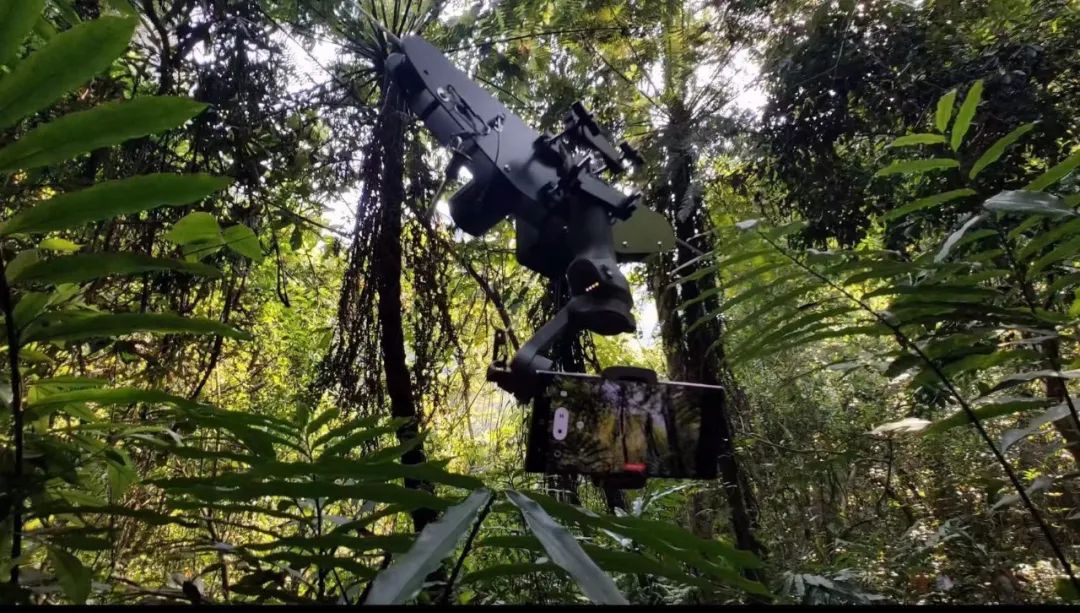
A group of photographers went deep into the wild and opened such attempts. They used mobile phone devices equipped with Qualcomm Snapdragon Mobile Technology Platform, shooting unique species that belonged to China, grasslands and deep forests, and unique species. The lightweight mobile phone allows photographers to better play their creativity and shoot more creative perspectives; the color of smartphones is very good, showing rich details; The complicated parameter settings are easy to capture every moment.
Shooting Mount Everest Scenery | Shooting from Snapdragon mobile phone

How do smart phones capture hundreds of colors reflected by bird feathers? How to reproduce the white -headed monkey jumping flexibly on the branches? What kind of sparks did several photographers collide with nature during the filming? What kind of fresh experience is produced?
Follow the live broadcast at 8 pm on September 28 to see how technology empowers species protection.
Qualcomm believes that only by really seeing can we really pay attention.Qualcomm's cooperation with China's national geography for three consecutive years has recorded countless wonderful moments with professional imaging technology.It will continue to help the protection of China's national parks and unique species to jointly build a beautiful China.Qualcomm has been at the forefront of innovative technology, promoting smartphones upgrades, and is committed to empowering technology more terminals.Science and technology keeps nature protection that is never so convenient, so that our distance from nature is no longer out of reach.
references
[1] Source: Chinese mammalian diversity
[2] Endemic amphibians and their distribution in China
[3] Research Progress of the Fourth Cross -Betta Plant Federation of Mainland China
[4] http://www.gov.cn/zhengce/2021-10/08/content_5641289.htm
[5] Luo Yanghu, Hou Shuhong, Li Weidong. Tianshan No. 1 Glacier: The last home of the Yili Rat Rabbit [J]. Silk Road, 2009 (05): 11-14.
[6] FAN, P., et al. "Description of a New Species of Hoolock Gibbon (Primates: Hylobatidae) Based on Integrate Taxonomy." American Journatology (2017).
Produced by the Fruit Shell Commercial Technology Communication Department
- END -
Cold and inside the live broadcast industry with continuous rising users and practitioners and strict supervision

(This article is the original manuscript of Zijin Finance, please indicate the sou...
Localization of Hisense: There is no once and for all programs

The success of globalization is inseparable from the success of localization. Espe...